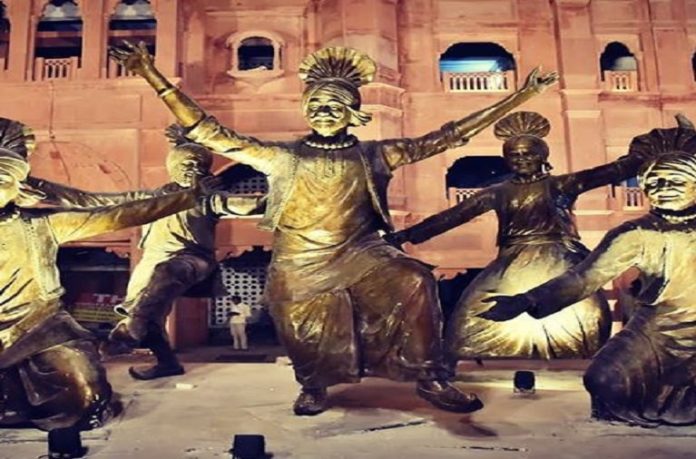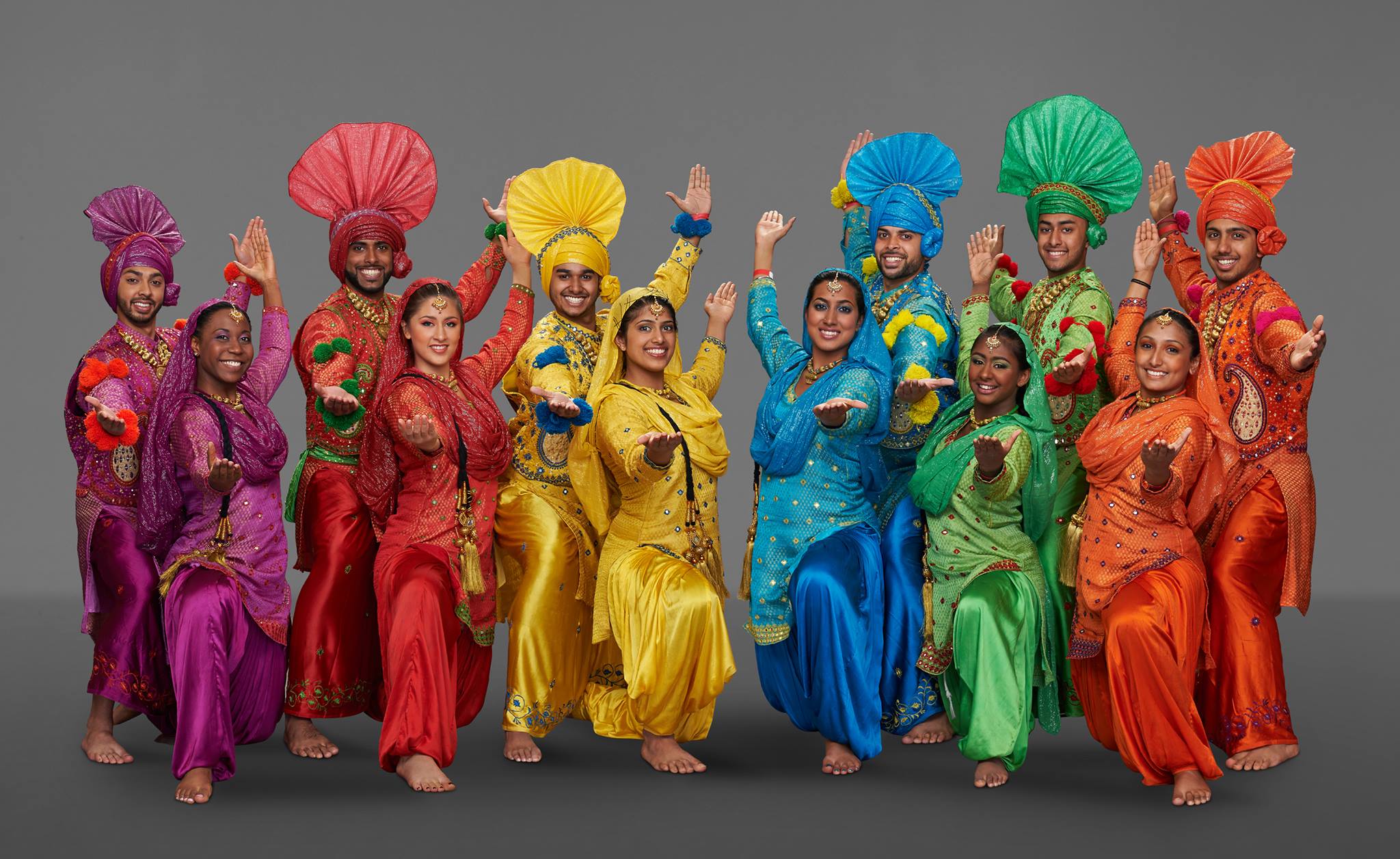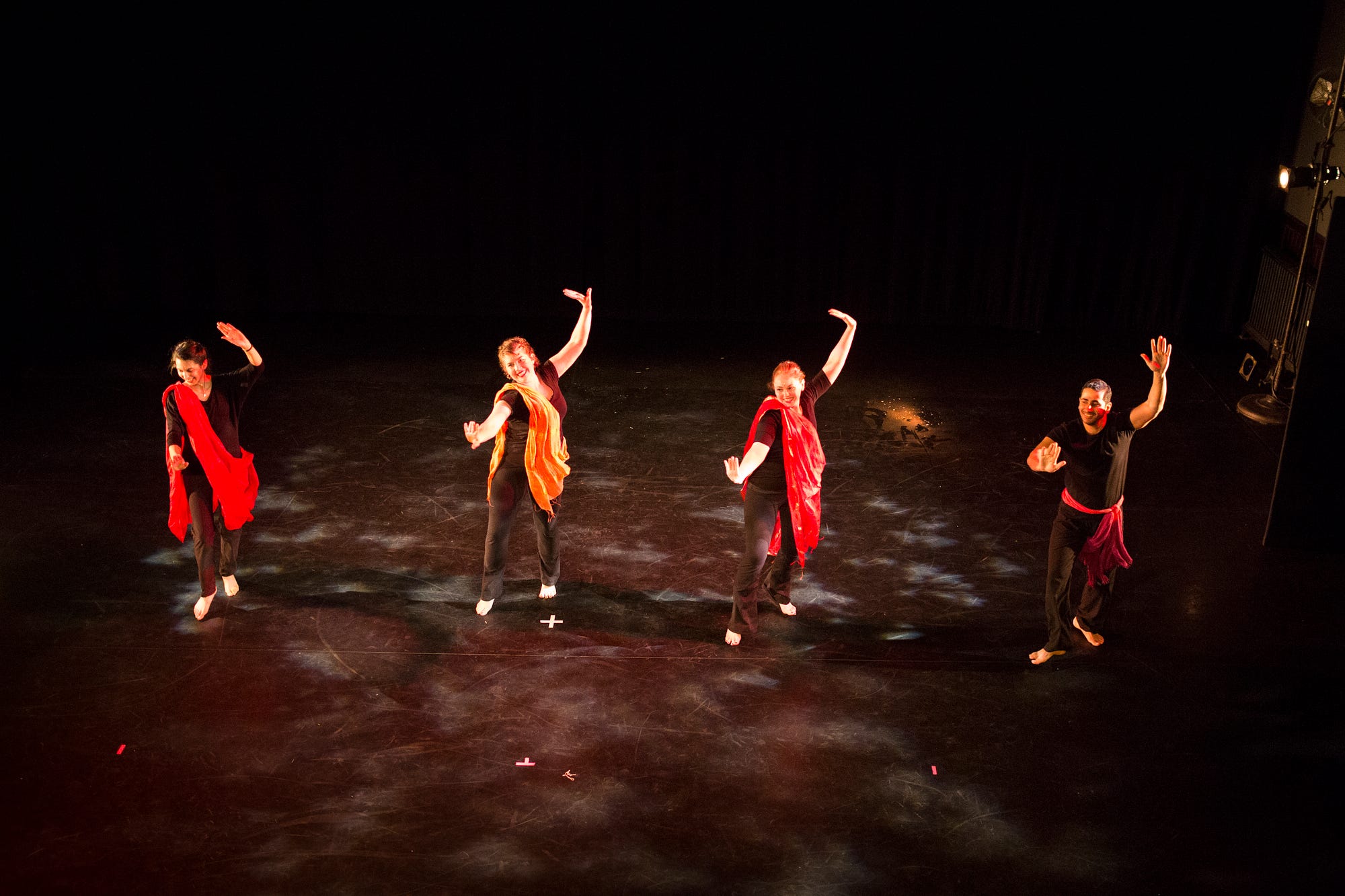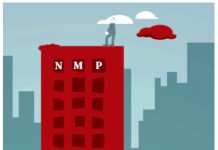
(Boney Bindra) You must be thinking why the title says Punjabs, the presently there are not two but multi-Punjabs all over Punjab.

Every Punjab has its own language, dance, culture, and food, but today we are going to focus on the part we Punjabis love the most, no, not the food, but dance, Bhangra.
Official Training
My training to this dance form was done through traditional techniques plus instruments i.e. Dhol (two-sided drum) and Chimta.

In the larger frame, this dance form gave identity to many Punjabis residing in India and abroad.
When I was introduced to these beats, that was the era when many Punjabi residing abroad had already started experimenting these traditional instruments in their new space which allowed them to create a musical bonanza for the music lovers.

As it can be traced in the music and Bhangra videos of the time, it was the new age for the Punjabi music industry and in future, it transformed the idea of Bhangra beats i.e. from traditional to fusion.

This fusion in the Bhangra scene was created with the widespread of Punjabi Diaspora in the foreign lands.
The NRI Affect
Thus, it was an era which paved the way for the new additions into this Desi dance form.
Earlier, Dhol beats were not fast enough for the performers, they needed something more energetic, and thus, entered ‘electric beats’.

With the arrival of new instruments into the Bhangra setting, this particular change welcomed electronic beats to the music which started to transmute the form completely.
Now, this traditional art form was also accompanied by electronic beats.

This opened a new door for the practitioners of Bhangra, as now this change allowed them to practice the same dance form with new music.
However, the old-style beats co-existed in this frame.
Muscle-Hustle
Traditionally, the practice of this dance form was attached to the physical power, and with the arrival of new age music, the notion of speed and moves has the taken ground in this evolving dance form.

Speed, when added to the Bhangra, did one amazing thing to the performers, the stamina and strength both now have to be of very high quality, because from slow to fast and then again from fast to slow, the Bhangra flow started to move like a pendulum in the storm.

Performers these days are infusing and trying many art forms into Bhangra.
A similar connection can be traced through the very definition of Bhangra; it is a type of music and dance combining the Punjabi folk traditions with Western pop, hip-hop, rock, soul, reggae and ragga.
Origins of Bhangra
This folk dance is practised in the region of Punjab, presently, the region(s) of Panjab/Punjab represents two different physical and political units.

Symbolically, this form is pictured by populace primarily around the scenes of Vaisakhi.
This festival marks the Northern Indian solar new year.
The reason behind starting the new year on Vaisakhi can be aligned together with the crop system of the upper part of Indian subcontinent, where the farmers harvest the wheat crops before this auspicious festival.

Over the centuries Bhangra found its way into an array of occasions such as weddings and times of family and community celebrations.
If one tries to learn the origins of this folk dance, it comes out clearly that Bhangra in the present picture is like a potpourri which represents diverse forms of dances and hence works as an umbrella term.
Variations
Just like any other dance form of India, Bhangra has a lot of sub-sectional roots, that being, Jhoomer, Luddi, MalwaiGidha, Sammi, Dhamaal, etc.

To inspire the awe, this performance has many similar traits to other performances in neighbouring regions of the sub-continent which are Attan (from Afghanistan and Northern regions of Pakistan), Garba (from Gujarat), Ghoomar (from Rajasthan).

All of these dances’ forms share the same DNA i.e. they are also performed with the dhol instrument.
Tracing the original form of this energetic art form is too hard a task when it comes to India, but the purest structure of it can still be sketched out from Lehnda or Pakistan’s Punjab.

Pertinently, this points towards the saga of partition.
Partition and Bhangra
Once the societal structure of the Punjab society was hammered in 1947, this left a deep scar in the minds of the populace.
Here, people were not only divided, their culture, language, literature and dances, specifically, in the case of Punjab were separated.
When the rest of the country saw partition for just one time in 1947, Punjab saw two partitions, it was divided again, post-independence into three in 1966 on the basis of language this time.
Majorities here were of the view that Punjab has been robbed with all the good things including its dances, so they started to gather in dances of various places under the banner of Bhangra.

The western influence was always there, with northern American countries and Great Britain being the favourite destinies for Punjabi adventurers, sooner than later, people started to feel the English, Canadian and American street dance’s touch in the Punjabi music and dance too.






